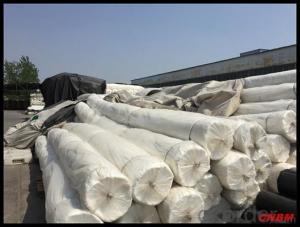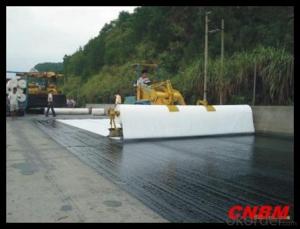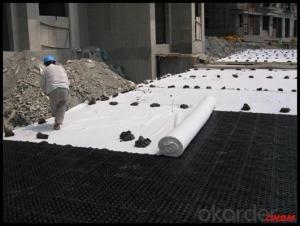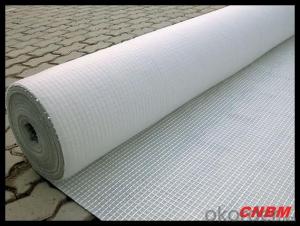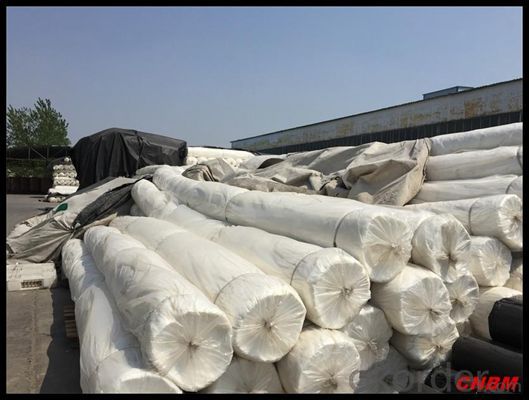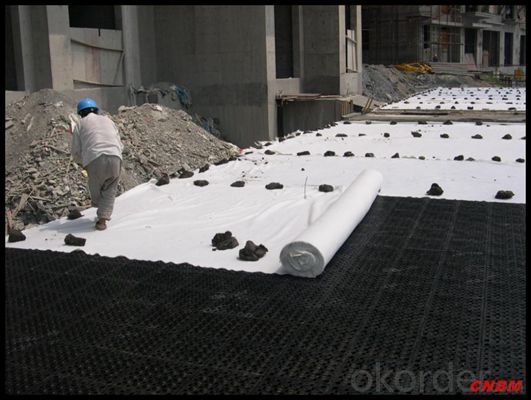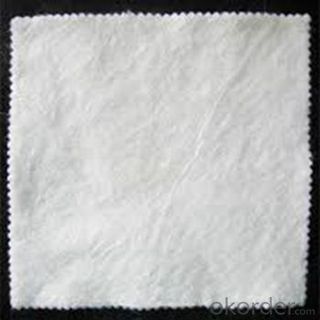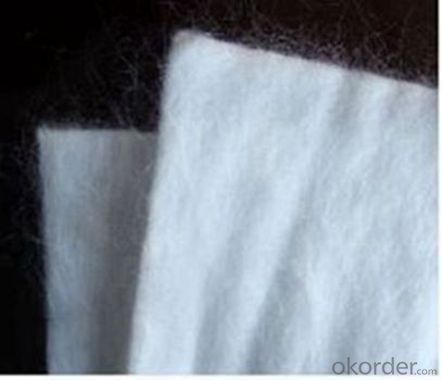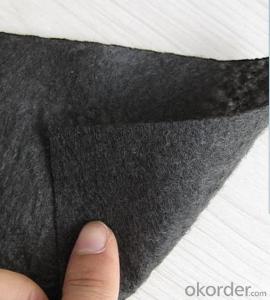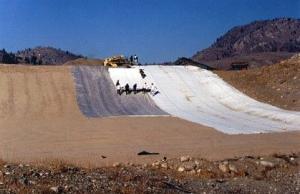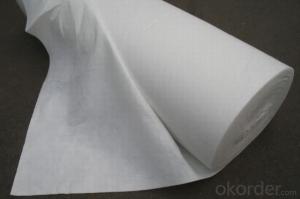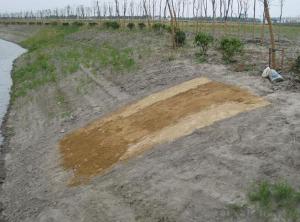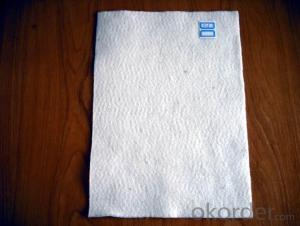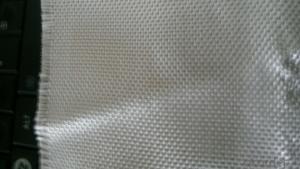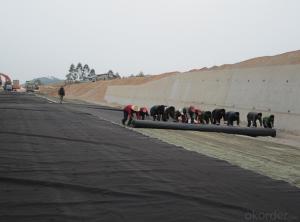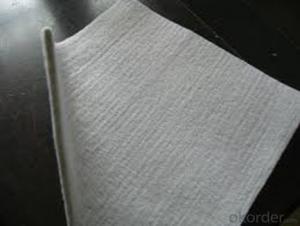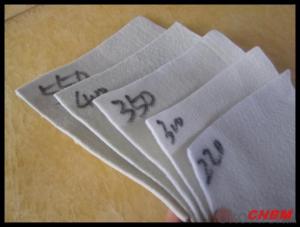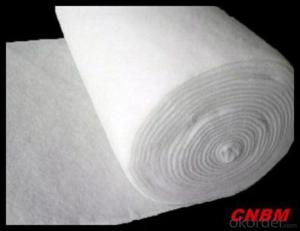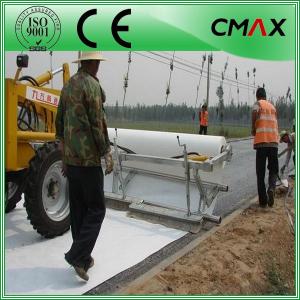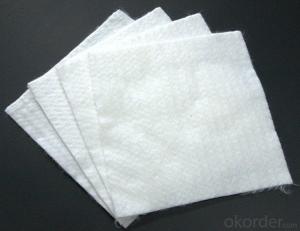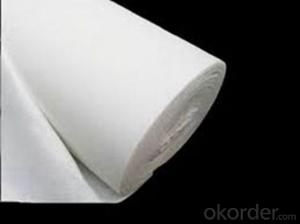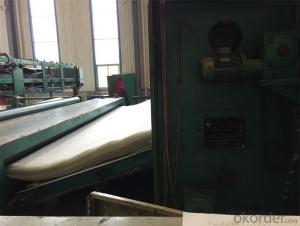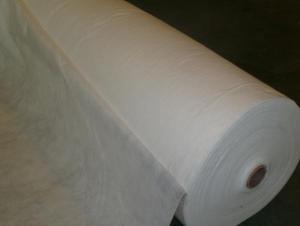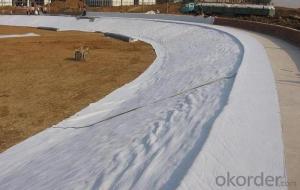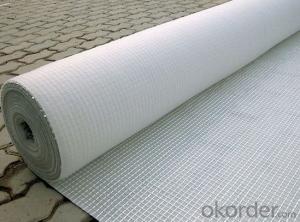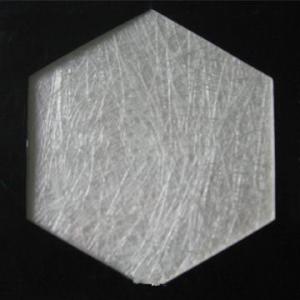Geotextile Non Woven Fabric French Drain - Polyester Continuous Filament Non Woven Geotextile from China
- Loading Port:
- China main port
- Payment Terms:
- TT OR LC
- Min Order Qty:
- 4000 m²
- Supply Capability:
- 1000000 m²/month
OKorder Service Pledge
OKorder Financial Service
You Might Also Like
Specification
Desciriptions:
Product introduction:
Ought to say again geotextiles, it is by the synthetic fiber woven by acupuncture or the permeability geosynthetic materials. Geotextile into nonwoven fabric and nonwoven geotextile are spinning. Geotextile excellent filtering, isolation, and strengthening protection, tensile strength, high permeability, high temperature resistant, fight frozen, aging resistance, corrosion resistance. By filament or nonwoven geotextile are short fiber through different equipment and technology, in order to make such technology in acupuncture different fiber interacting with each other, the fixation tangles fabrics, soft, Java, thick fabric, dull color.gives, in order to achieve different thickness meets the requirement of nonwoven geotextile can have very good, very good fabric clearance, soft, because fiber attached with certain tensile ability and good adaptability, also has the deformation of drainage capacity, good plane surface soft clearance has very good friction coefficient increases soil particles and can prevent the adhesion ability of tiny particles through the erosion and prevent particulate out redundant moisture soft surface, good protection ability. According to the length of the wire into nonwoven geotextile or short silk filament nonwoven geotextile. They can have very good filtering, isolation, reinforcement, protection, is a widely used geosynthetic materials. Filament tensile strength than short silk, can choose according to the specific requirements.
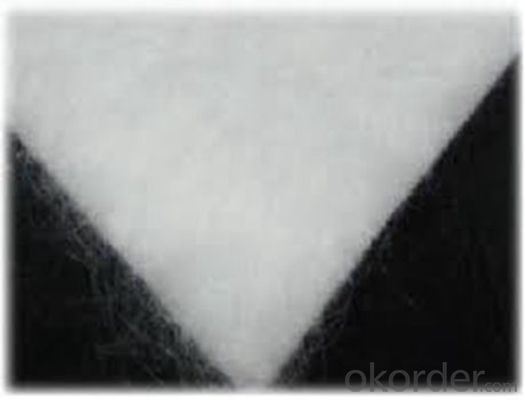
Packaging & Shipping
Packing: PLASTIC FILM INSIDE, AND WOVEN BAG OUTSIDE
Shipping: About 15 days after receipt the deposit
Our Service
Quality assurance
1.On a regular basis or as per your request,we entrust national testing agencies to conduct quality inspections
2. Strictly in accordance with the ISO9001-2008 international quality system standard,we monitor and manage the whole process throughout production,quality testing,and measurement to ensure product quality
3. For quality-related construction delay or substandard construction(except for damage or losses due to customer’s responsibility or irresistible natural disasters),we have refunding,replacement,and repair services.We will respond to customers’ feedbacks on quality issues within 24 hours.
Q: What kind of payments does jenor support?
A: T/T, L/C, Cash are accepted.
Q: Do you charge for the samples?
A: Accordeing to our company policy, the samples are free, we only charge the freight fee. And we will return the freight fee during the next order.
Q: Can you produce according to customers' design?
A: Sure, we are professional manufacturer, OEM and ODM are both welcome.
Q: Do you have other products?
A: Yes, please check the pictures:
pecifications
geotextile fabric
permeability,filtration,easy for construction
ISO and CE certificate
Good quality and competitive price
- Q: Geotextile manufacturers rely on what to do a hundred years do not rot geotextile
- Because geotextile raw materials are chemical fiber. Huazhi geotextile material answer
- Q: Are geotextiles suitable for use in drainage ditches?
- Yes, geotextiles are suitable for use in drainage ditches. They are commonly used as a filter fabric to prevent soil erosion and retain sediment, while allowing the passage of water. Geotextiles also help in distributing the flow of water evenly throughout the drainage ditch, improving its efficiency and preventing clogging.
- Q: What are the different factors to consider for geotextile selection in agricultural applications?
- Some of the different factors to consider for geotextile selection in agricultural applications include the required strength and durability of the geotextile, the type and weight of the soil, the presence of chemicals or contaminants, the desired permeability and drainage capacity, as well as the specific application and intended use of the geotextile. Additionally, factors such as installation requirements, cost-effectiveness, and environmental considerations should also be taken into account.
- Q: Geotextile GB and Dahua What is the difference between looking at almost ah
- GB is the current national industry standards, Dahua is from the raw materials to distinguish, Huazhi geotextile material manufacturers
- Q: How do geotextiles help with soil erosion control?
- Geotextiles help with soil erosion control by providing a physical barrier that stabilizes the soil and prevents erosion. They are specifically designed to allow water to pass through while retaining soil particles, which helps to reduce the velocity of water flow and minimize erosion. Additionally, geotextiles can increase soil strength and stability, improve vegetation establishment, and enhance overall erosion resistance in various applications such as road construction, embankments, and slope stabilization.
- Q: Can geotextiles be used in underground storage tank installations?
- Yes, geotextiles can be used in underground storage tank installations. Geotextiles are commonly used as a protective barrier between the tank and the surrounding soil, providing filtration and separation functions. They can help prevent soil erosion, control groundwater flow, and provide additional stability to the tank system.
- Q: Can geotextiles be used in the protection of underground cables and pipes?
- Yes, geotextiles can be used in the protection of underground cables and pipes. Geotextiles act as a barrier, preventing soil particles and fines from infiltrating the cables or pipes, thus reducing the risk of damage or blockage. Additionally, they provide support and reinforcement to the surrounding soil, minimizing the potential for settlement or shifting that could affect the underground infrastructure.
- Q: Manufacture of geotextile machinery
- Non-woven needle machine, I am specializing in the production of geotextiles
- Q: Geotechnical deployment of aging detection of what indicators
- Geotextile aging test: anti - ultraviolet ability. That is, at a certain temperature, the sun under the strong changes in geotextile.
- Q: Do you need to use geotextile for construction site? Mainly used where?
- Used in road, railway tunnel waterproof board behind, wrapped blind pipe, roadbed blind ditch, roadbed filter layer and so on.
Send your message to us
Geotextile Non Woven Fabric French Drain - Polyester Continuous Filament Non Woven Geotextile from China
- Loading Port:
- China main port
- Payment Terms:
- TT OR LC
- Min Order Qty:
- 4000 m²
- Supply Capability:
- 1000000 m²/month
OKorder Service Pledge
OKorder Financial Service
Similar products
Hot products
Hot Searches
Related keywords
